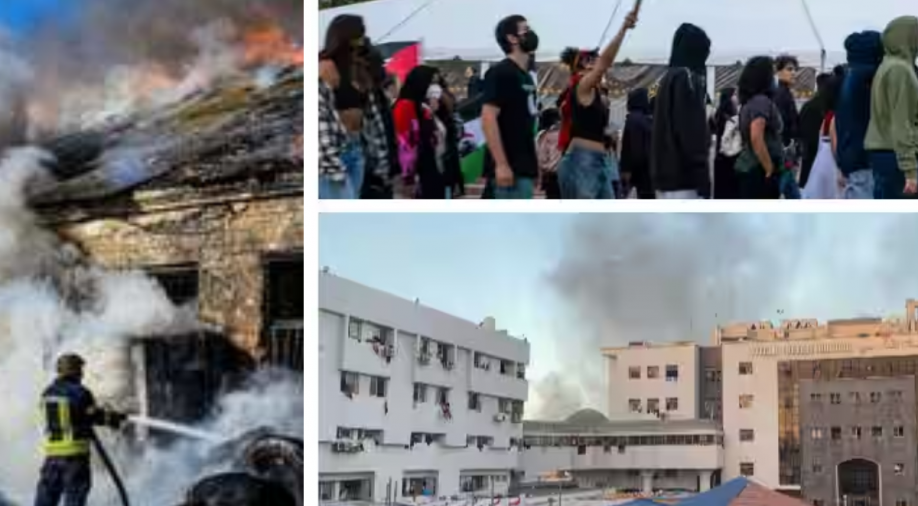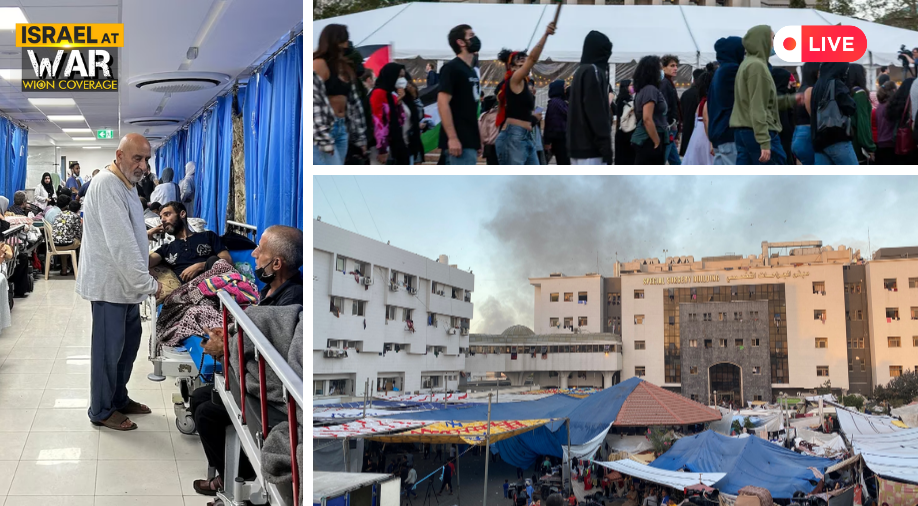Indian and Chinese commanders have increased engagements to maintain stability on the Indo-Tibet border ahead of the brutal winter season.
Talks have been going on for the last ten days, involving local commanders at the levels of the brigade and below. Both sides are taking measures to prevent any untoward incident in the coming months, as the two militaries start taking winter posture.
The ongoing talks are a part of the confidence-building measures (CBMs), which were discussed during the Corps Commander-level talks.
trending now
Another round of talks between the two sides is expected before the start of the summer season.
“Even as these CBMs are being implemented along the LAC, the Army has continued to maintain adequate reserves in the depth areas as part of preparations to deal with any contingency that may crop up,” a source was quoted as saying by the Indian Express.
The source also said that India will continue to develop its infrastructure in the strategic areas despite harsh conditions.
20th round of military talks
During the 20th round of military talks last month, there was no significant progress on the ground. However, both parties agreed to sustain dialogue and negotiations through various military and diplomatic channels, while committing to uphold peace and tranquillity.
Watch: China lends $1.34 trillion between 2000-2021, overseas lending undergoes remarkable shift
India has been advocating for access to its old patrolling points along the LAC and early disengagement at remaining friction points, including legacy areas like Depsang Plains and Demchok.
Talks also encompass an overall de-escalation of troops in the Ladakh region.
Ongoing peace efforts
In a notable development in September 2022, both sides withdrew troops from Patrolling Point-15 in the Gogra-Hot Springs area, marking a substantial move in the standoff that commenced in May 2020.
It must be noted that both sides had deployed 50,000 to 60,000 troops along the Line of Actual Control (LAC), the de facto border between India and Tibet, after the military standoff began.
Over the last three years, some resolution has been achieved in friction points like Galwan Valley, north and south banks of Pangong Tso, and the Gogra-Hot Springs area, through the establishment of buffer zones.
But there are still some active friction points, including Depsang Plains and Demchok.
(With inputs from agencies)
)
)
)
)
)
)
)
)
)
)
)
)
)
)